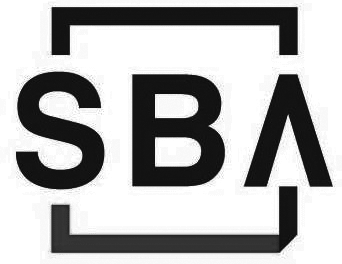When disaster strikes, the immediate response often focuses on emergency services, first responders, and humanitarian organizations. While these entities play a crucial role, there’s another organization working tirelessly behind the scenes to ensure that communities can rebuild and recover— the U.S. Small Business Administration (SBA).
Small businesses are the backbone of our communities, and they are often hit the hardest during a disaster. The SBA offers low-interest disaster loans to help businesses repair or replace damaged property, machinery, and inventory. These loans are a vital resource, enabling businesses to get back on their feet quickly, retain employees, and continue serving their communities.
But the SBA’s support doesn’t stop with businesses. Homeowners and renters can also apply for disaster loans to repair or replace their homes and personal property. These loans are designed to be affordable, with terms that make recovery attainable for those who might otherwise struggle to rebuild.
In rural areas specifically, natural disasters can cause more severe damage due to limited access to essential resources and infrastructure. This difficulty in accessing resources makes it challenging for these communities to recover, leading to prolonged economic hardships. Recognizing this challenge, President Joe Biden took a significant step on Dec. 20, 2022, by enacting a new law that empowers the SBA to streamline the process of declaring disasters in rural areas.
This legislation grants the SBA the authority to simplify the procedure through which governors or tribal government leaders can request disaster declarations for counties with rural communities that have experienced significant damage. Once the SBA declares a disaster, it can extend assistance, including low-interest loans, to individuals who either rent or own homes, as well as to nonprofit and for-profit businesses. Prior to this law, the SBA mandated that a declaration could only be issued if there was damage to at least 25 homes, businesses, or eligible institutions. However, the new law allows for a declaration even if only one property in a rural area is damaged, provided that the county has already received a major disaster declaration from the President for Public Assistance.
Furthermore, the SBA has placed a greater emphasis on assisting small businesses, homeowners, renters, private nonprofits, and communities in their efforts to prepare for, increase resilience to, and recover from the substantial physical and financial impacts of climate change. Since January 2021, the SBA has actively supported federal response initiatives and has approved more than $5 billion in disaster lending alone.
In a world where disasters seem to be occurring with increasing frequency, the role of the SBA in disaster recovery is more critical than ever, especially in rural areas. Their commitment to supporting small businesses, homeowners, renters, and entire communities not only helps individuals and rural areas recover, but also strengthens the very fabric of our society.
To learn more about preparing for a disaster, visit sba.gov and follow us on social media to stayed updated on SBA programs and events.
This column is by SBA Great Plains Regional Administrator Mindy Brissey and SBA South Central Regional Administrator Edward “Ted” James. Contact 817-527-8836 or Luis.SantosSerrano@sba.gov.








